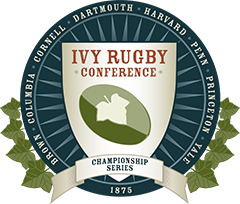The Ivy League
Ivy League is the name generally applied to eight universities (Brown, Columbia, Cornell, Dartmouth, Harvard, Pennsylvania, Princeton, and Yale) that over the years have had common interests in scholarship as well as in athletics. Stanley Woodward, New York Herald Tribune sports writer, coined the phrase in the early thirties.
1936 Undergraduate Newspapers Call for the Ivy League
In 1936 the undergraduate newspapers of these universities simultaneously ran an editorial advocating the formation of an "Ivy League," but the first move toward this end was not taken until 1945. In that year, the eight presidents entered into an agreement "for the purpose of reaffirming their intention of continuing intercollegiate football in such a way as to maintain the values of the game, while keeping it in fitting proportion to the main purposes of academic life." To achieve this objective two inter-university committees were appointed: one, made up primarily of the college deans, was to administer rules of eligibility; the other, composed of the athletic directors, was to establish policies on the length of the playing season and of preseason practice, operating budgets, and related matters. Two other inter-university committees on admission and financial aid were added later. As President Dodds pointed out at the time, the general principles agreed on by the eight universities were essentially the same as those set forth in the Harvard-Yale-Princeton Presidents' Agreement of 1916.
